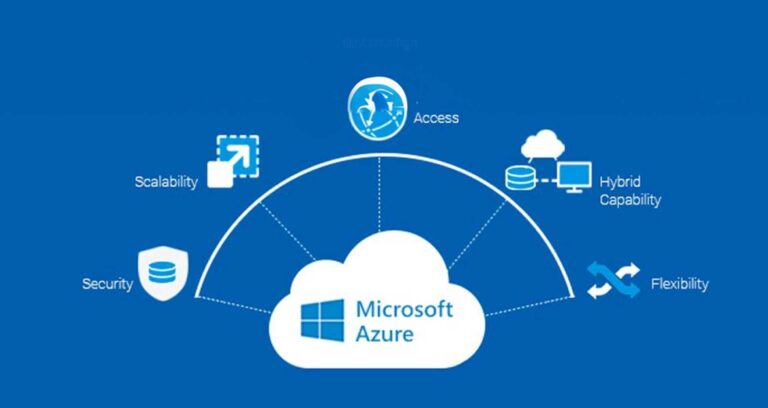
It’s not just about proposing a creative idea and bringing it to life. When you plan to tap into the world of video games, you have to consider all possibilities to make a successful launch in the global market. Gaming is among the few industries that are growing exponentially as new players and developers are entering. However, it also predicts an increasing competition that encourages developers to come up with more creative ideas.
Localization is often overlooked in the game development process; however, it’s your key to reach out to a wider audience. A well-localized game defines the difference between a niche hit and a global phenomenon. Game localization services have been phenomenal in transcending linguistic barriers and appealing to players worldwide.
This comprehensive guide includes all the information game developers need to navigate the localization process.
Why Localization Matters the Most?
Before tapping into the nitty gritty details of game localization, first understand why you need to localize your video game. Well, video games are developed to immerse and engage a wider audience. But language and cultural barriers sometimes become a major roadblock while accomplishing global success.
Expand your market: Localization is key to targeting new markets and expanding your network to as many markets as you want. For instance, localizing your game to the Chinese language enables you to target a much wider gaming community in China and other regions where Chinese is widely spoken. This approach helps increase your player base and paves the way for global success.
Enhance player experience: As competition in the gaming world is increasing, creating a simple video game doesn’t count anymore. You have to go the extra mile to create highly intuitive designs for an enhanced player experience. Create a game that not only speaks different languages but also resonates with players from different cultures.
Build brand reputation: The success of a video game is often defined by its developer or publisher. If a game developer has a good reputation in the international market, chances are high that the game will capture more audiences. Localization helps globalize your brand reputation and build trust over a wider audience. Also, it helps demonstrate your commitment to global audiences.
Increase revenue: Gaming projects are launched to unlock new income streams while entertaining a wider audience. When your target is global, you will be able to capture more users which ultimately increases your game revenue. Capitalize on new markets and generate additional income.
Planning for Localization
Developers often neglect localization even after launching their project. It’s better to consider it initially from the outset of development by taking the help of Online Certified Document Translation. This helps create more immersive experiences and make timely changes to your localized version. However, if you have already launched a game in the market, you can still plan localization to tap into new markets and gradually expand your digital footprint.
Another best approach to adopt from the initial localization stages is to extract content from the code. Keeping text and graphics separate from each other refines your localization experience and helps organize source files.
Develop a style guide and follow it throughout the process for enhanced consistency. Define the tone and voice of your game for a better localization experience. It can be done by analyzing your target market and player preferences to create user-centric experiences.
Considering cultural nuances and aligning your game’s core theme, and design with your target market is essential for global success. Conduct market research to understand cultural nuances, trends, and metrics that drive global success.
The Game Localization Process
Localization is an ongoing process that requires multiple iterations. It starts with translating all text and content accurately while sustaining the intent of your game. Translation services help create content that appeals internationally and attracts a wider audience. Accurate translation of complex gaming terms helps deliver your message more effectively and establish a personal connection with your extended player base.
Once you are done with translation, it’s time to embrace localization to ensure your game adapts to the cultural and linguistic differences. Simply translating text and content doesn’t ensure a seamless user experience. You have to delve deeper into technical intricacies to optimize user interface, design, and visual elements. This calls for app localization services to professionally localize your application interface, design, and mechanics for global player immersion.
After localization, you have to perform testing to identify localization errors and fix bugs. Analyze your localized version and conduct rigorous quality control processes to optimize and enhance the user experience. This localization stage helps improve game design and appeal to a wider audience.
The final stage of the game localization process is to refine the localized version based on the feedback provided by QA testers. In this stage, game localization experts integrate changes to further enhance user experience.
Conclusion
To sum up, this comprehensive guide can help you understand a broader picture of game localization and how you can adopt efficient localization strategies for a better experience. Professional localization experts utilize their in-depth knowledge to ensure your game resonates with players worldwide and captures a wider market share.
Write and Win: Participate in Creative writing Contest & International Essay Contest and win fabulous prizes.

